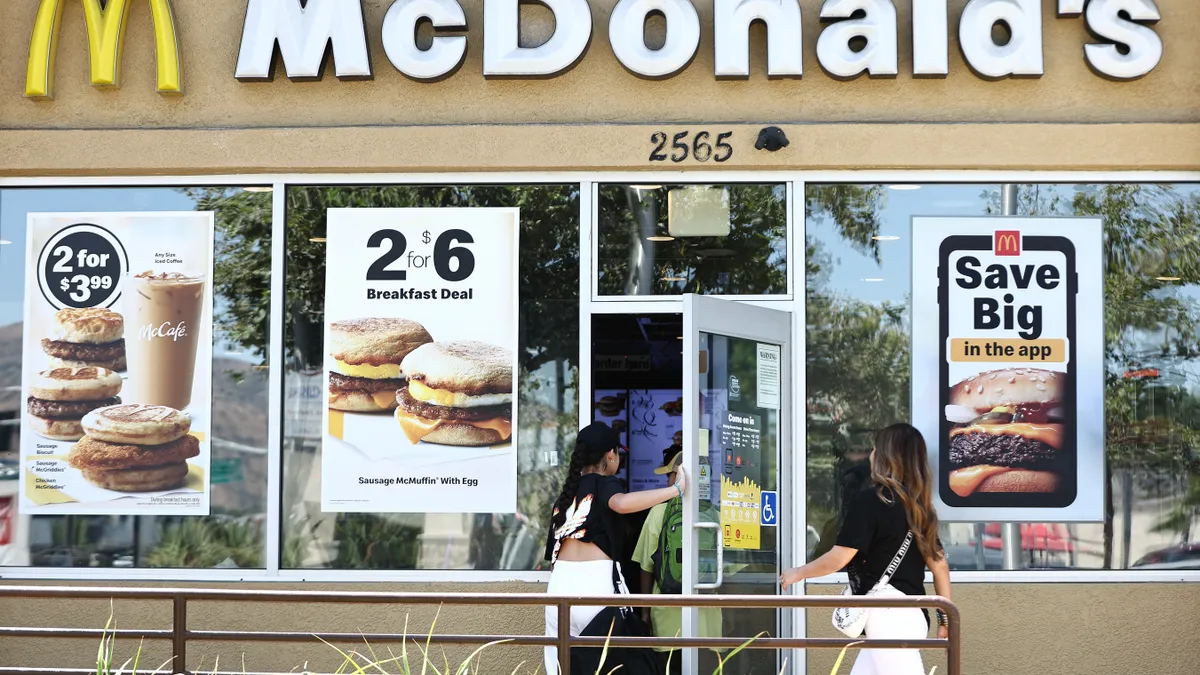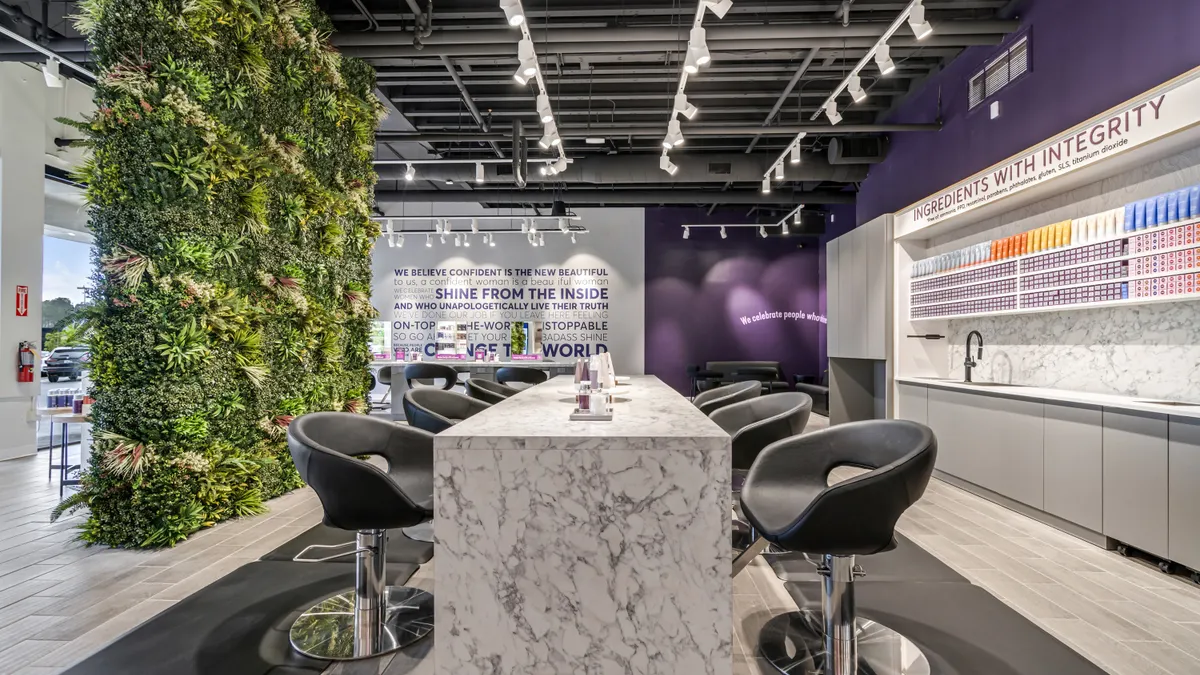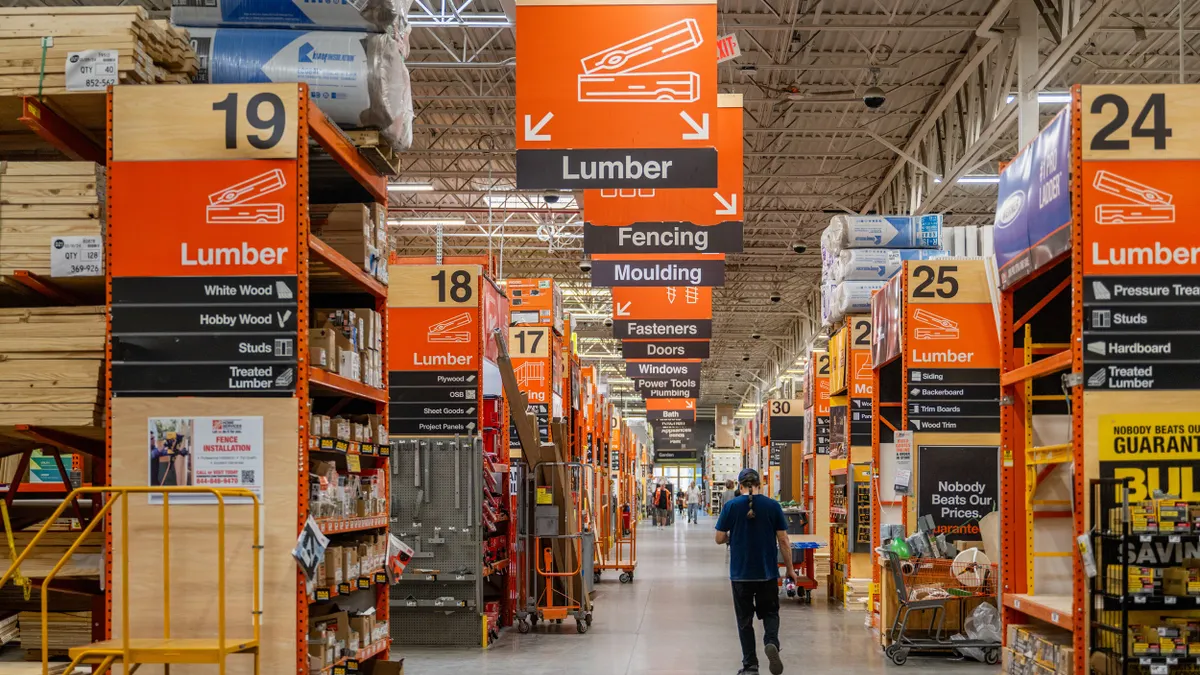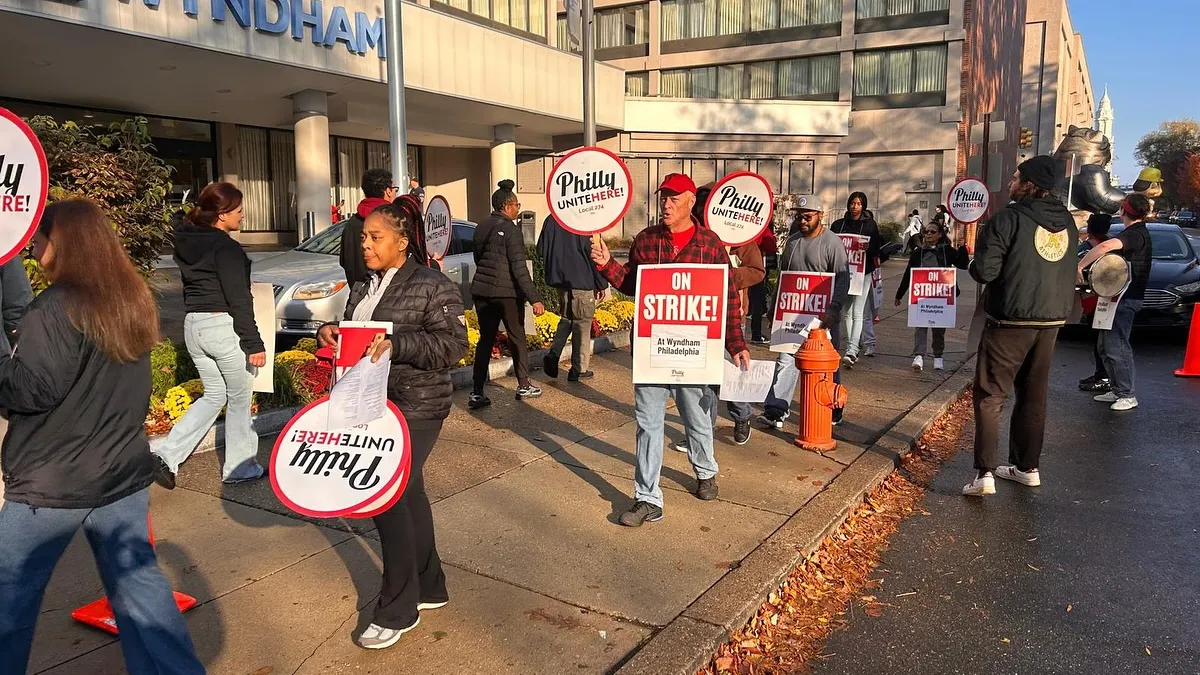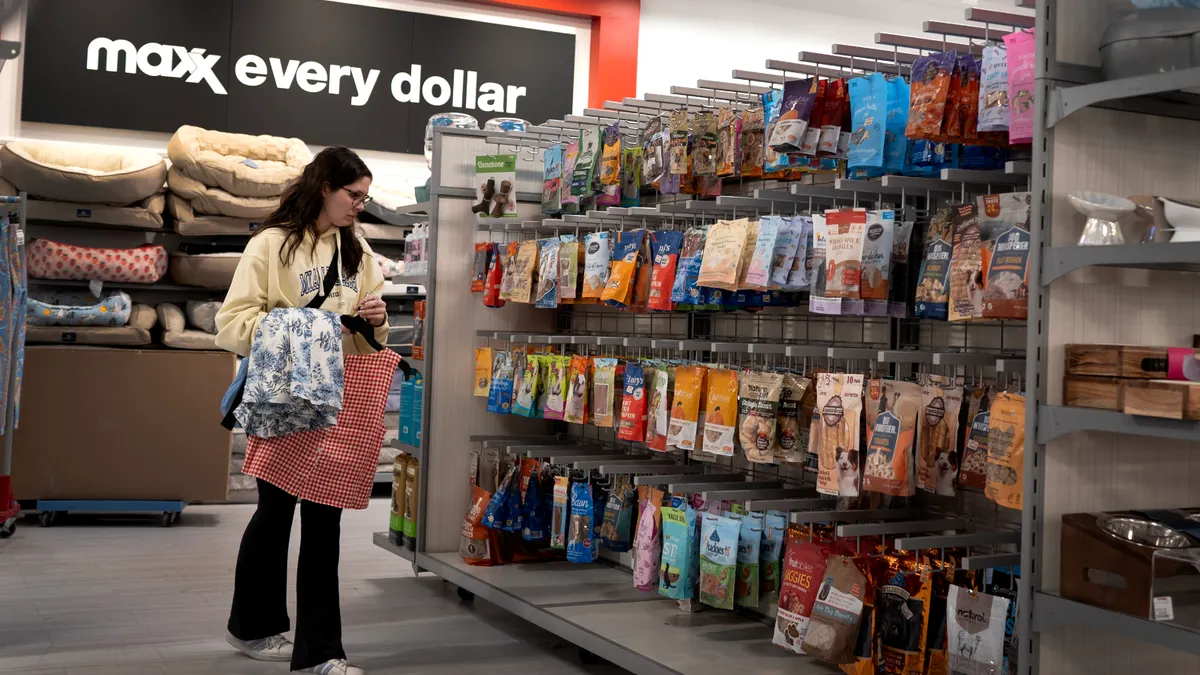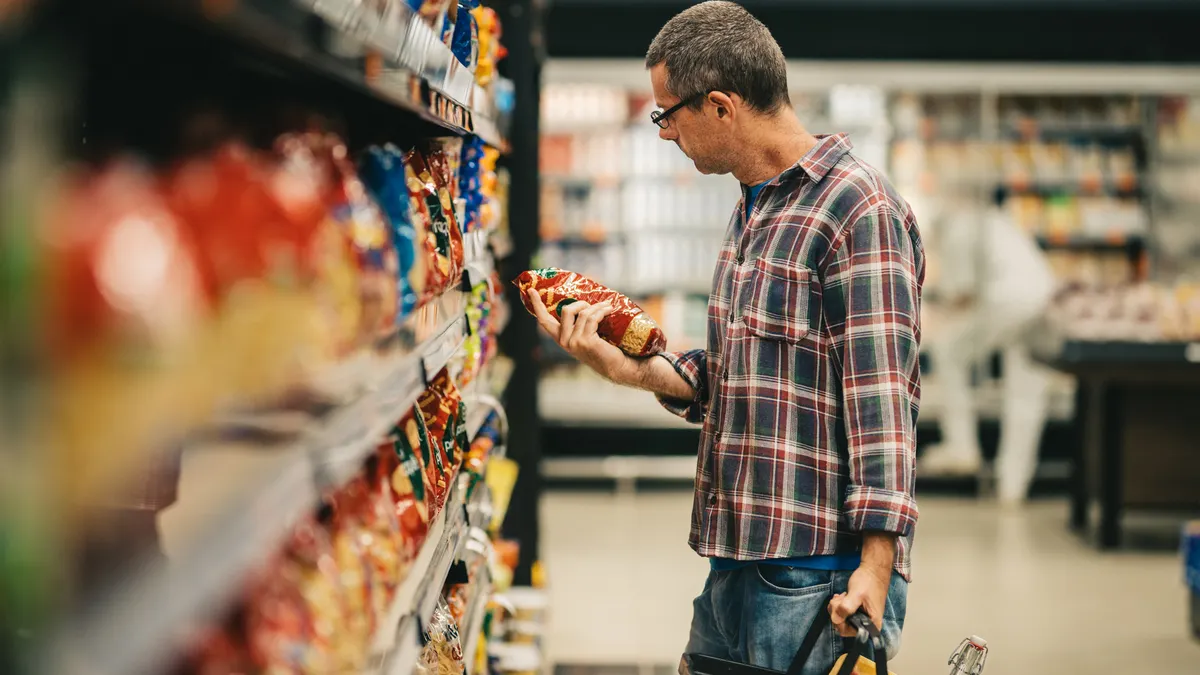After facing rising costs and tough economic conditions since 2022, restaurants are scrambling for customers. To entice these guests, brands from McDonald’s to Chili’s and Applebee’s rolled out value meals, combos and buy-one-get-one offers to draw people in the door over the past few months.
Even independent restaurants have participated in the value promotions, adding 3,250 combo menu items during the summer, with new combo additions peaking between July 28 through Aug. 10, according to SpotOn data emailed to Restaurant Dive. Independents also added 210 BOGO items, with additions increasing by 90% from the week of Aug. 4 to the week of Aug. 11. Bottomless menu items and All You Can Eat offers were both up 30% from the week of Aug. 4 to the week of Aug. 11.
“When the economy is good or the economy is bad, you’re seeing some version of a combo meal from chains, maybe seasonal or value-based,” said Kevin Bryla, CMO and head of consumer experience at SpotOn.
What’s happening now in the post-COVID environment is different, he said. People still want to go out and value that experience, but restaurants have raised prices dramatically in response to increased costs in recent years. Still, restaurateurs haven’t been able to pass on all inflation increases to guests, and profits are under pressure “like never before,” Bryla said.
“I don’t think that brands coming out with BOGO offers or value menus are actually changing the nature of guests. It’s the guests that are really changing the nature of the restaurant,” said Joe Yetter, general manager at Par Technology.
Price increases are driving average check size for the typical brand, Yetter said, but just about every brand is struggling with same-store traffic.
“The economy, the guests are affecting the brands and the brands are responding with more value,” Yetter said.
Guests that are most price sensitive are gravitating toward value promotions, Yetter said.
In addition, consumers are increasingly buying down the menu, meaning that someone who might have bought a steak one day, is buying a burger the next day, since that is what they can afford, Bryla said. People still want to go out to eat, but have finite resources.
“Restaurants have been seeing that and feeling that and trying to come up with a lot of creative ways to get folks to stay loyal,” Bryla said. “It’s a battle out there.”
While many chains offered discounted meal deals, buy-one-get-one burgers were one of the most popular offerings among customers, according to a Revenue Management Solutions survey of 860 participants conducted in June. Thirteen percent of surveyed consumers said they were most likely to buy a BOGO burger, compared to 8% who would opt for value meals. However, families with incomes below $50,000 much preferred a burger and nugget meal, priced at $5, versus the overall population.
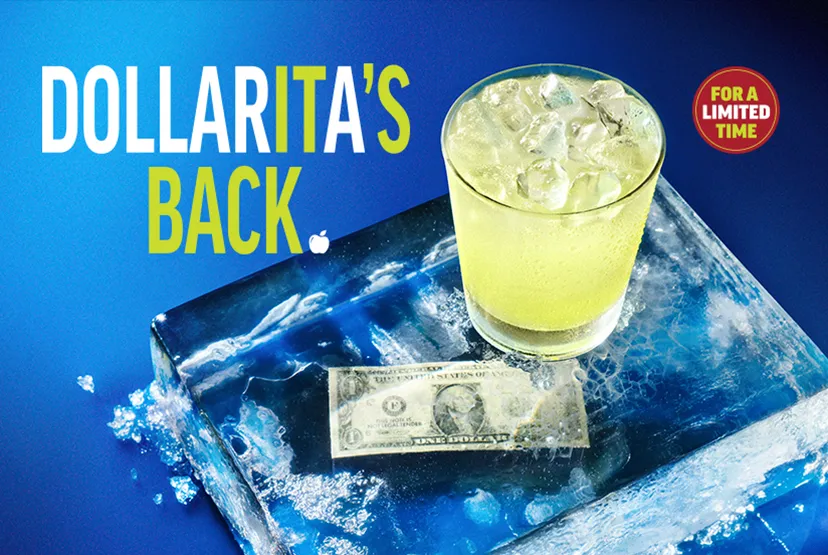
What drives successful value offerings
Creating value menus is just one step in enticing consumers back — creating engaging ads to get them in the door is another.
“While people may have a plan around how often they eat out, it’s often up in the air where they’re going to eat out,” said Laura Grover, SVP and head of client success at Edo Inc., which measures advertising outcomes.. “So you do have to be top of mind. … It really is essential to be able to break through the clutter, resonate with consumers and spark them to want to eat out with you,” Grover said.
Edo collects advertising campaigns across various platforms, including streaming, and measures engagement in terms of searches and clicks on client sites using Google Trends API.
Applebee’s All You Can Eat campaign has been one of the most successful per Edo’s findings, beating the casual restaurant category average by 45%, and Chili’s 3 for Me deal outperformed the average by 35%. That means individuals exposed to the ads were more likely to search for these brands, Grover explained.
While the Chili’s 3 for Me isn’t new and has been available for sometime, it has “continuously been a strong performer,” Grover said.
The pizza category has approached recent promotions differently, however, since value has always been part of the category. Instead, pizza ads tend to focus more strongly on the food and product innovation, Grover said.
“If you go to any of their websites, there is always some type of deal, and I do feel like that's ingrained in people's minds,” Grover said. “New products jump out a little bit more because consumers know that they can get that good deal.”
Pizza Hut launched its Tavern Pizza campaign earlier this year, which was centered on a thin crust style of pizza popular in Chicago. That campaign was one of the strongest pizza ads EDO has seen so far this year, Grover said.
Other items that have performed well include somewhat more premium ingredients, like shrimp dishes at Long John Silver’s and Panda Express.
“It’s almost a splurge [since] … seafood tends to be a little bit more expensive,” Grover said. “This is making it attainable and it’s that treat that maybe you can’t afford as frequently right now.”
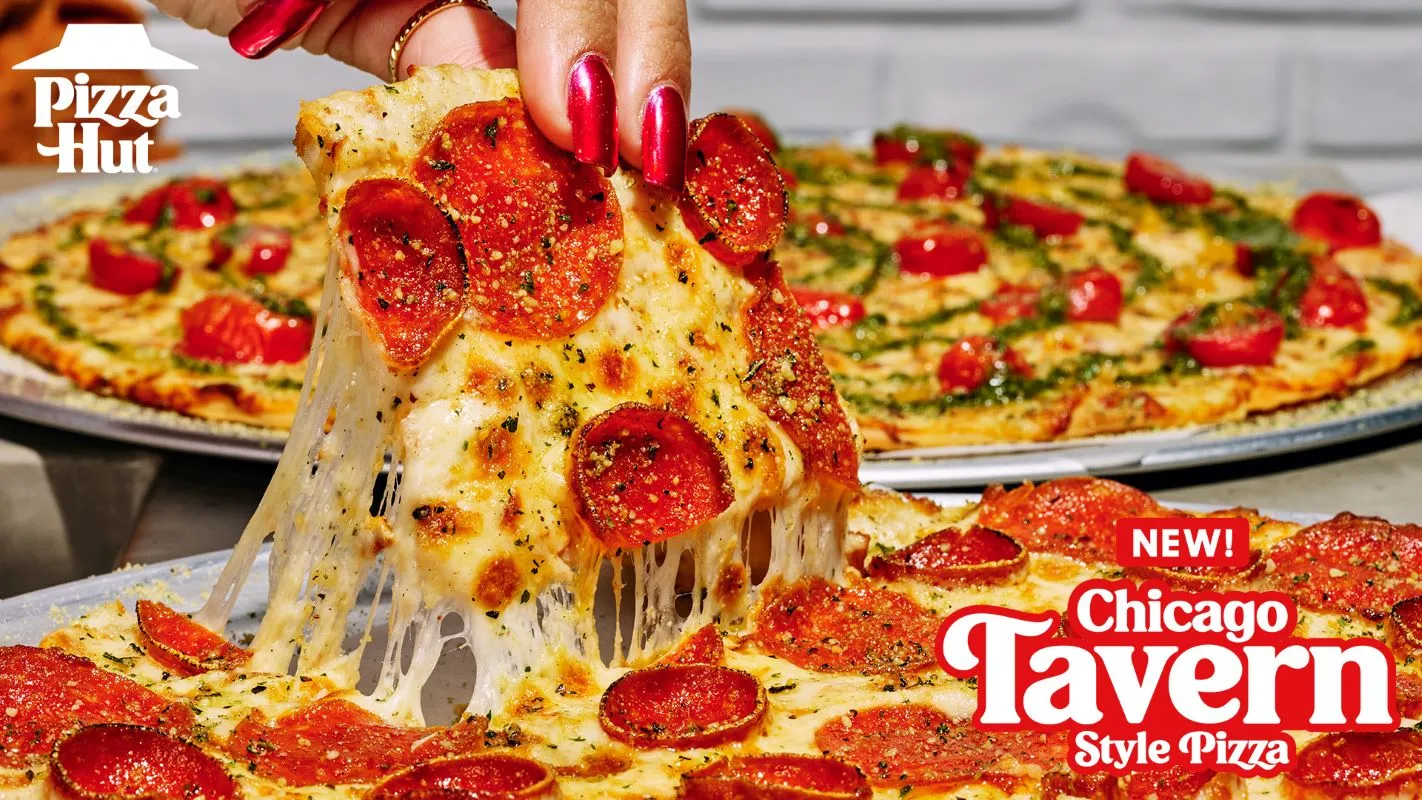
Value doesn’t just mean price
Customers liked getting free items and much preferred offers of free chicken nuggets with purchase and one entree, two sides and drink promotions, an RMS June survey revealed. Highest spenders opted for high promotions that offered quantities for the price, as they often shared meals or spread that meal over many days.
Family dining and full-service concepts like Texas Roadhouse aren’t resorting to discounts like BOGOs, because they already deliver strong value for money, and have ended up taking traffic from their competitors and are driving new traffic, Yetter said, because of their all-round value perception. The traffic that these concepts are driving is often a result of a special occasion, like birthday, date night or taking the family out for a nice dinner, rather than the high frequency cheaper QSRs are aiming for.
Unlimited offerings like Olive Garden’s Never Ending Pasta and Unlimited breadsticks are also more about value in quantity versus price point, Grover said, adding that Never Ending Pasta and unlimited soup, salad and breadsticks perform above average for Olive Garden ads, with Never Ending Pasta leading to stronger engagement.
“Having a strong proposition that means high quality food for fair prices can also be a huge value component,” Yetter said. “You can still say the value for money that Texas Roadhouse is delivering is similar to the same type of value or value for money that someone like McDonald's or a QSR brand is driving. It’s just in a different segment of the consumer. It’s just … a different occasion.”

The impact of value on restaurants
Operators also need to make sure that they are using the right ingredients at the right price to not just create value for customers, but also maintain profitability, Bryla said.
In the past few years, operators have evaluated the price of certain ingredients weekly instead of monthly or quarterly. With food prices ebbing and flowing, restaurants have to be more strategic and create offers with ingredients when they are lower priced.
Crabby Daddy’s in Missouri is a great example of this, Bryla said. The owner found a way to get crabs at a very low cost, allowing it to provide an All You Can Eat Crab offer. This added value for consumers while still turning a profit for the restaurant, Bryla said.
“It is so critical to understand your menu, understand your inventory costs and understand your profitability,” Bryla said. “Restaurants have always struggled with the fact that they love delighting customers and they love putting good offers out there, but if the restaurant’s not profitable, it’s not going to be there to give those great offers and that great guest experience six months from now, or a year from now.”
Many of the value offerings promoted during the summer were limited-time offerings, a strategy that Bryla said is key to pricing.
“It’s essential that they’re limited time because otherwise you just reset the expectation of … pricing lower and you can’t bring your price back up again,” Bryla said. “So the limited-time offer gets people in the door and gets them in the habit.”
The highest-value customer is the loyal one who keeps coming back, he said.
“What makes or breaks restaurants is loyal, repeat customers. I think these offers, when well thought through, are a nice part of the mix,” Bryla said.
How value is driving traffic
While offers in the early summer did result in subsequent traffic boosts at chains like McDonald’s, Buffalo Wild Wings, Chili’s and Starbucks, brands shouldn’t rush value promotions out the door.
Every brand should test a value deal or meal to see if it drives incrementality, Yetter said. That could mean testing in specific locations or markets to see if these items yield new visits, add new spend or are eating away their existing customer spend and just trading down to the value offer.
Brands should also have an understanding of the longevity of these consumers, Yetter said. They need to determine if value deals are just driving trials or are actually impacting traffic during specific periods compared to other busy periods.
Not every deal is meant to drive incremental sales and could just be encouraging add-ons. For example, a QSR could provide a steep discount on a dessert item or chicken nuggets that would drive customers in the door and then buy more off the menu.
Bryla said he expects restaurants to offer more value promotions, especially if they are really compelling to guests.
Beyond just getting people in the door with these offers, restaurants also need to ensure that customers have a good experience that will help them become repeat customers.
“If you just rely on the offer and don’t have all those surrounding strategies, it’s going to be tough,” Bryla said.



